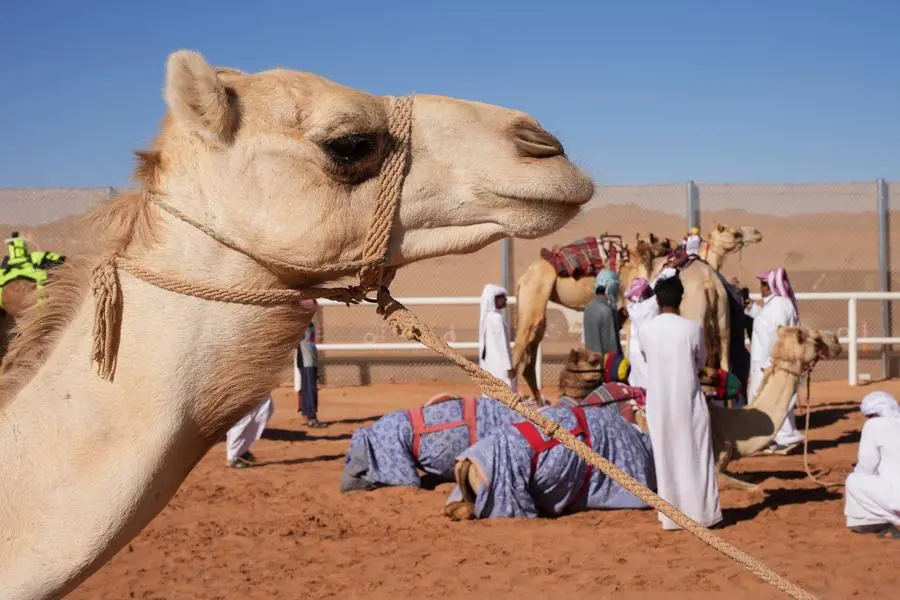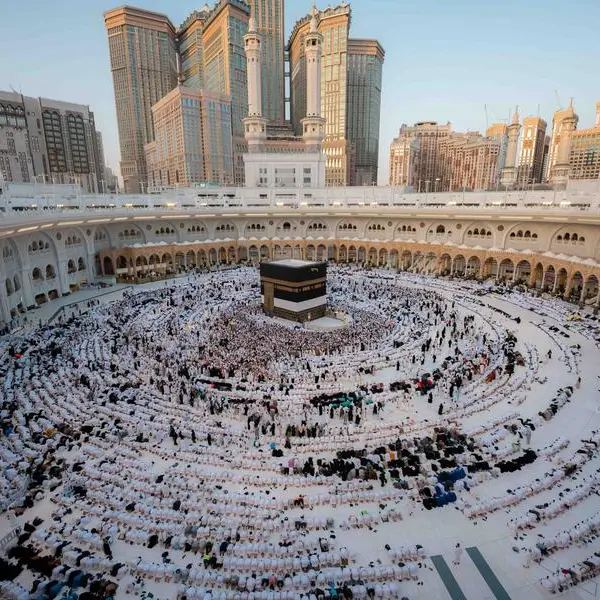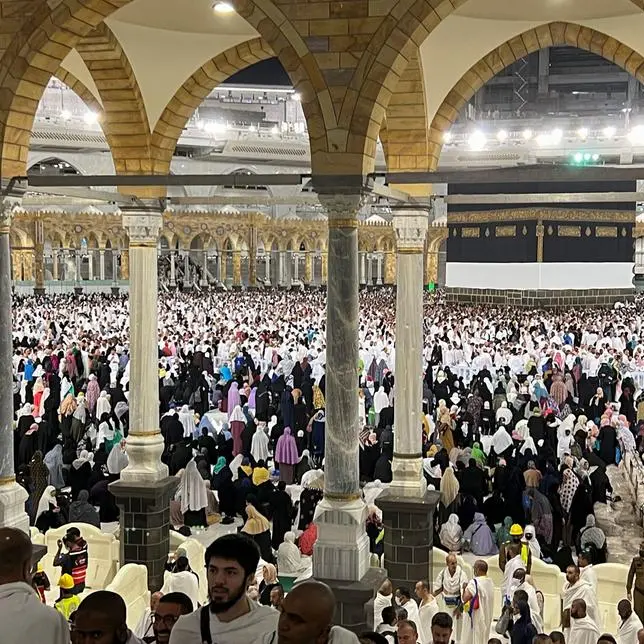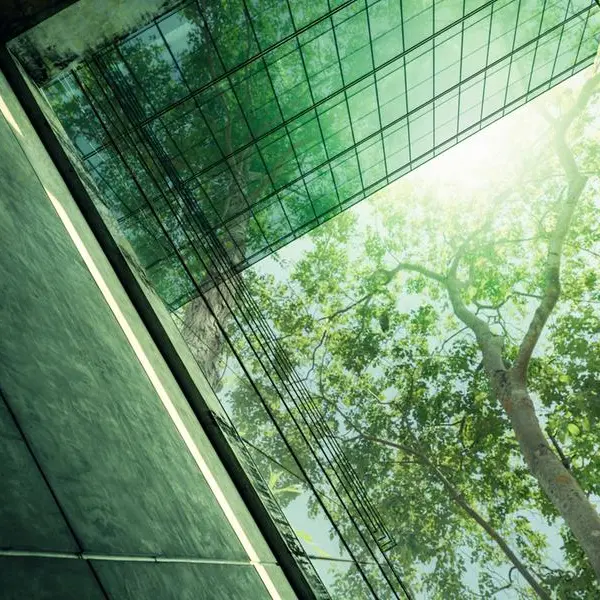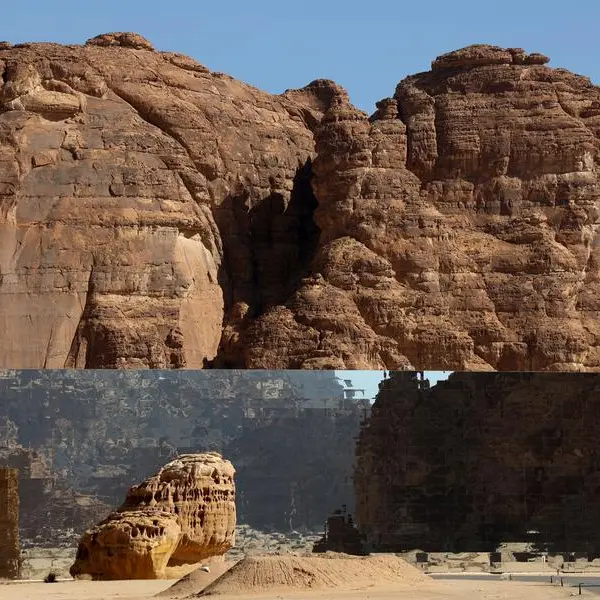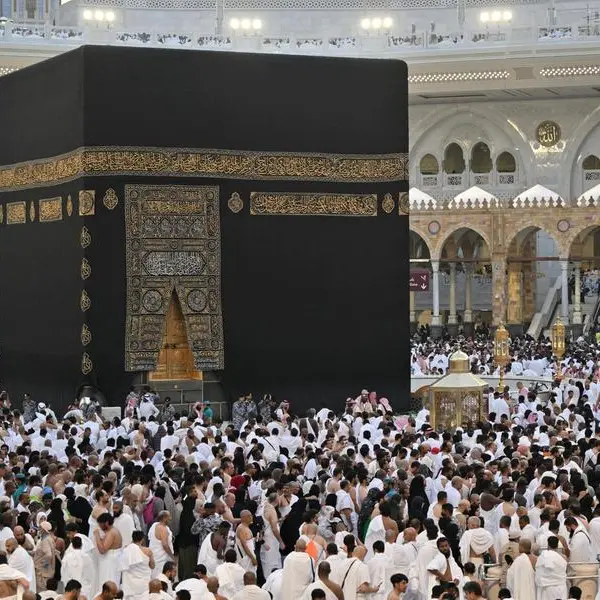PHOTO
Sakaka: For centuries, camels, known as the "ships of the desert", have been integral part of the Arabian Peninsula and its people. Serving as steadfast companions to the Bedouins during their journeys across the sandy dunes, camels have mirrored the resilience of ships navigating turbulent waves.
Camels have had a significant place in the establishment of the Saudi state under the leadership of King Abdulaziz Al-Saud and his army, who united the land on the backs of horses and camels.
Beyond being a source of sustenance through their meat and milk, and providers of clothing through their wool, camels have, for generations, played an essential role in the Bedouin way of life in the Kingdom of Saudi Arabia.
In recognition of Saudi Arabia's dedication to preserving its historical and cultural identity, the Cabinet designated 2024 as the Year of the Camel.
Camels earned the moniker "ships of the desert" due to their extraordinary adaptability to the arid and harsh conditions of the desert, where water and vegetation are scarce. Their ability to endure thirst stems from unique physiological adaptations. While other living creatures would perish if they lost more than 20% of their body water, camels could tolerate water loss of up to 30%.
A study published in the scientific journal Nature in 2021, titled "Multiomic analysis of the Arabian camel kidney reveals a role for cholesterol in water conservation", sheds light on the role of the kidneys of Arabian camels in helping them adapt to harsh desert conditions and endure prolonged periods without water. Their kidneys produce highly concentrated urine, minimizing water wastage from their bodies.
Isa Shuraim, a camel owner from Al-Jouf Region, emphasizes the ancient bond between humans and camels. According to him, camels can distinguish their owner's voice and even the sound of his car.
Camels hold a special place in local culture, he said, and have received attention from the government through festivals and races. The first camel race in the Kingdom took place in Al-Jouf Region in 1383 Hijri.
Recent archaeological discoveries have shown the longstanding relationship between the people of the Arabian Peninsula and camels, which spans thousands of years.
In Sakaka, Al-Jouf Region, an archaeological location named the Camel Site discovered by a Franco-Saudi team in 2016, revealed 21 life-size animal reliefs, with 17 of them being camel figures.
Researchers from the Max Planck Institute, the French National Center for Scientific Research (CNRS), King Saud University, and others suggest that the site dates back to the Neolithic period, between 5200 and 5600 BCE, proving the existence of camels in the Arabian Peninsula since ancient times.
According to their studies, it is likely that the Camel Site houses the oldest life-size animal reliefs in the world.
Saudi Arabia hosts annually the King Abdulaziz Camel Festival in Al-Sayahid, 120 kilometers northeast of Riyadh. The festival aims to deepen the appreciation of camels as an integral part of Saudi and Arab culture, while also encouraging the preservation and development of distinguished camel breeds.
The Ministry of Culture will oversee the activities in the Year of the Camel; a variety of initiatives and programs will showcase the value of camels and their connection to Saudi identity. These efforts aim to bolster national endeavors to develop the camel sector and increase its contribution to the nation's overall development.
